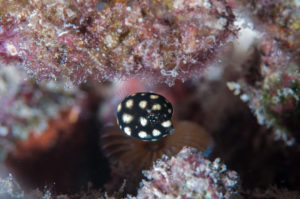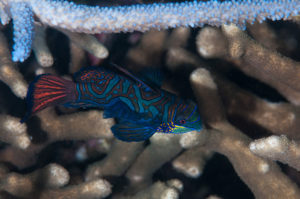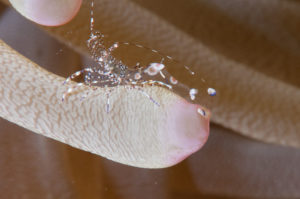Underwater Photographer has Eye Surgery with Dr. Buznego
Thomas remembers feeling apprehensive and nervous about having cataract surgery because he vividly remembers the day his mother had her cataract surgery. It was not a good outcome. Due to being over-anesthetized during surgery, Thomas’s mother ended up suffering from what is called double vision.
Needless to say as we hear from many of our patients, Thomas is “thankful to be living now” as opposed to back then before all the technological advancements in eye surgery. This is incredibly true in his case because Thomas, our very dear patient, is an extremely talented underwater photographer. His underwater photography has become an exciting hobby which of course played a big role in his decision for cataract surgery.
Thomas takes a trip every year to be able to take these amazing pictures. He has been to the Philippines, Maldives, Papa New Guinea and has recently scheduled his trip for this year in Thailand!
Thomas has lived in the Florida Keys for 18 years where his amazing hobby began and where he has captured so many of his unbelievable photos as well. (Scroll to the bottom of this blog post to see some amazing shots!) It is also where his local eye doctor referred him to Dr. Carlos Buznego for surgery.
Thomas remembers describing his vision prior to surgery as “it’s gunky” and he remembers many times “trying to blink it off”. A way to compare it to other divers and swimmers is that it seems “cloudy like when your mask gets fogged up”.
After his first cataract surgery (on his right eye), he remembers his first time being back underwater when his mask began to fog up and he thought it was his eyes. He was pleasantly surprised when he took off his mask and realized it was actually his mask that had caused the foggy vision!
Thomas was nearsighted in both eyes before surgery which as many of you know means that he could not see far…this caused a few important things he regularly did to be majorly affected: driving, watching TV and diving. The difference with diving is that you can’t wear glasses with your mask so he was lucky that the water could magnify things closer. Even with the help he got from glasses for driving/watching TV and the help he got from the water for diving, his cataracts got to the point where he needed surgery.
Between surgeries walking with his right eye closed, it took him 20 to 30 paces before he could see mailboxes. After surgery #1, Thomas remembers that he could drive to his appointment the next day and they determined he was already 20/25 even with the inflammation that happens due to surgery! After the first experience, Thomas was not nervous after surgery #1 and he noticed he could edit and work on his photos finally. Less than a year after surgery #1, Thomas came back for the cataract in eye #2 when he sat down with us to tell us his amazing story and share his passion for the beautiful scenes and wildlife that he captures underwater.
Thomas says that sometimes when taking pictures of small creatures underwater, the autofocus can be fooled and the photo must be focused manually. With the cataracts he remembers saying “I think this is in focus” but he wasn’t 100% sure.
For someone who has completed 63 dives in 31 days and who has to take pictures of rare microscopic-sized fish during limited time periods, being in full focus at ALL times is very important.
We are very happy to have helped Thomas with his vision and are so excited to see the incredible pictures he will be capturing in Thailand this year!
Thomas a few minutes before going into his second surgery!

Thomas and his surgeon, Dr. Buznego



Look at how tiny this fish is?! Now you know why his CRISP vision is so important…



Thank you for reading and please contact our office if you or a loved one is experiencing blurry vision or any other symptoms of a cataract. We have several surgeons here that can help them! Call us at 305-598-2020 today!








